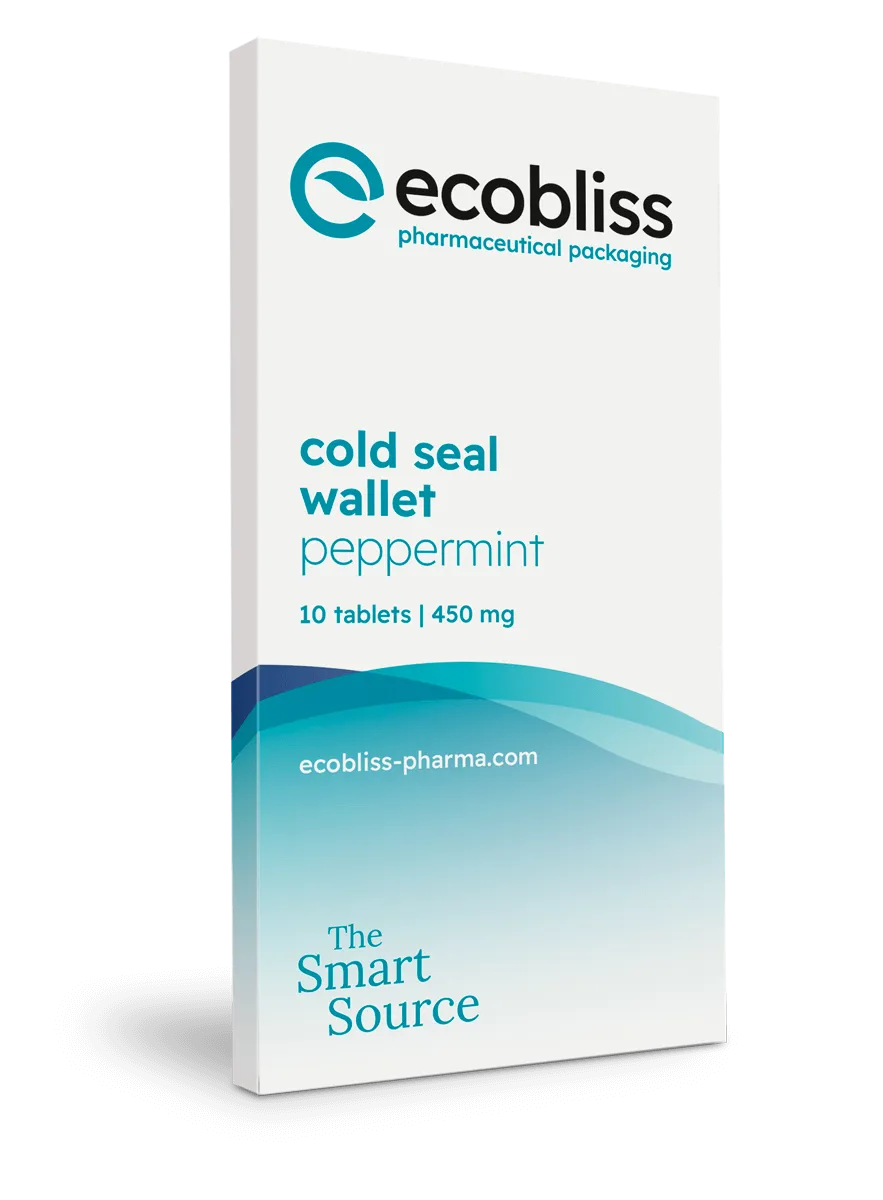Did you know that 72% of consumers say packaging influences their purchase decisions? In today's competitive market, the right primary packaging does more than protect your product: it can make or break your brand. Let us explore everything you need to know about this critical aspect of product management. From the primary packaging definition to its importance, we will tell you exactly why it is worth investing in.
Primary packaging definition
Primary packaging is the first, inner layer that directly envelops a product. It means that it is the last layer removed by the customer when unboxing. The main purpose is to protect the product from moisture, air, light and temperature. It also prevents the product from other external factors, such as dust and bacteria.
The materials used for this packaging vary depending on the product’s needs, ranging from glass and plastic to metal. It is distinct from secondary packaging, which is used for branding and grouping products together, and tertiary packaging, which is for bulk handling and shipping.
Importance of primary packaging
The importance of primary packaging goes beyond merely protecting your product. Poorly designed packaging can lead to product damage, contamination, or spoilage, resulting in customer dissatisfaction and potential regulatory penalties. In industries like food, pharmaceuticals, and cosmetics, regulatory standards require primary packaging to meet specific health and safety criteria. This to ensure product integrity. Failure to meet these health and safety criteria can result in fines, recalls, or legal consequences.
Furthermore, in the end, consumer experience is key. For that reason, primary packaging should entail convenience features for the end-user. For instance, resealable closure to allow the products to be used multiple times. Having functional packaging that is easy to use will make you a significant player in the market. It is crucial and unavoidable in the designing process, as you do not want your customers to struggle while opening a package.
{{cta-sample-request}}
What is considered primary packaging? A few examples

Primary packaging comes in various forms, tailored to suit the specific needs of the product it encloses. But what is primary packaging exactly? Common examples include:
· Bottle for liquid products: often made from plastic or glass, these are used for syrups, suspensions, and solutions. They typically include a child-resistant cap and may feature a dosing aid like a dropper or measuring cup.
· Box for solid products: common for items like powders, tablets, or sachets. While not always in direct contact with the product, boxes can serve as primary packaging when they directly hold unit doses or sachets.
· Blister packaging for medication: a popular choice for tablets and capsules. Each unit is sealed individually in a cavity covered by foil or plastic, protecting it from moisture, contamination, and accidental misuse.
· Aluminium cans: used for aerosol medications such as inhalers. These cans are pressure-resistant and ensure controlled and hygienic delivery of the product.
· Glass vials: ideal for injectable medications, vaccines, or sensitive liquids. They offer strong barrier protection and are compatible with a wide range of drug formulations.
An innovative example is the Locked4Kids drawer system, designed specifically for child safety. This packaging features a plastic tray that holds items, such as medicines, and can only be opened when two hooks on the tray are pressed simultaneously. Not only does this ensure that children cannot easily access the contents, it also maintains the product's condition and offers convenience for adult users. By combining safety, functionality, and regulatory compliance, this example highlights the importance of thoughtful primary packaging design in practice.
Prioritizing people, planet and profit
Primary packaging is a critical aspect of product management, straddling the worlds of functionality, aesthetics, and customer experience. Whether you are a retailer, e-commerce business, or a packaging manufacturer, understanding the role and importance of packaging can help you elevate your product offering, align with sustainability standards, meet shipping requirements, and captivate your target customers.
This packaging is the first point of interaction between your product and the consumer, and as such, it is an invaluable opportunity to make a lasting impression. Make sure you can strike a balance between product protection, brand promotion, and consumer convenience. This will ultimately help you secure your place in the competitive market landscape.
So, now that the primary packaging definition is explained, you know how important it is. Packaging, be it primary, secondary or tertiary, is not something you should take lightly. Therefore, make sure you hire a professional to help you. Ecobliss can help you with your packaging needs, for example with our cold seal blister packaging. Feel free to contact us for more information.
Request a free sample now!









